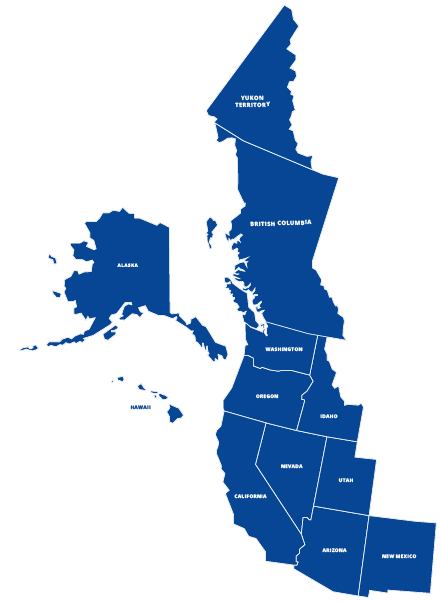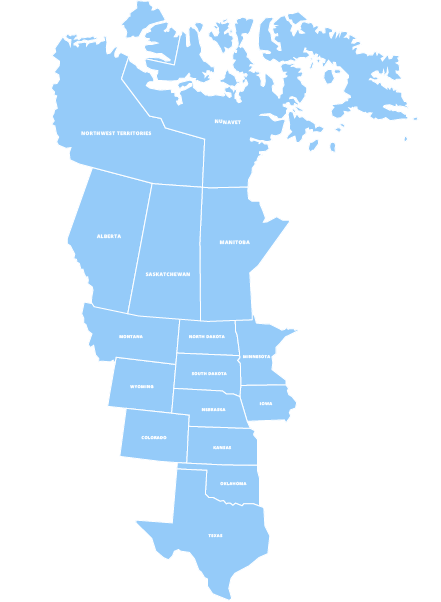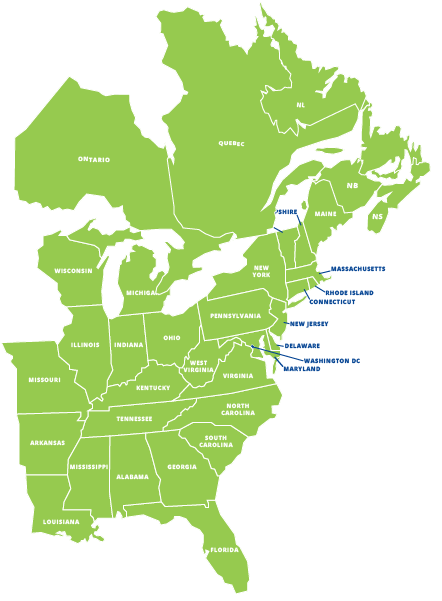If your dog feels overly confined in a kennel or crate that is not big enough, he or she may develop anxious or destructive behavior such as whining, barking, scratching the door, or chewing the sides of the kennel. Keep in mind, however, that the right-sized kennel for a dog is meant to be cozy and snug to resemble a den in the wild more than a playpen. A crate that is too big will also lead to behavior issues and potentially interfere with proper housebreaking. Not sure if you’ve found the “just right” size crate for your furry pal? Here are five signs that your dog crate might be too small.
Your dog is unable to turn around in the kennel.
One really quick and easy way to figure out if your kennel is too small is to have the dog turn around in it. He should be able to do so easily without having to scrunch his body down or hunch. When he turns around, the only thing that should be touching the kennel should be a part of his tail, and even that should just be a little bit. To make your dog turn around, put a treat in your hand and move your hand around the kennel so that your dog follows it, turning. If he’s struggling, the crate is too small.
Your dog is unable to sit up straight in the kennel.
Your dog should be able to sit up straight inside of the kennel. Your dog’s head should be clear of all sides of the kennel. While sitting, he shouldn’t have to hunch down or maneuver himself in any way. If he has to, the kennel is too small. Many dogs are taller when they’re sitting versus when they’re standing, so getting his sitting measurement is critical.
Your dog can’t lay down and stretch.
Like humans, dogs love to lie down and stretch out their limbs. If your dog is unable to lie on his side with his paws stretched out as far as he wants, this means that the kennel is not big enough. He should be able to lie down and stretch out his limbs without touching any part of the kennel sides. Use a measuring tape to measure your dog when he’s lying down, and add two or 3 inches to that measurement.
Your dog just looks uncomfortable.
You know your dog, so you know when he’s not feeling comfortable. If you look at your dog and he looks crushed and uncomfortable in the kennel, it’s too small. Your dog may send you signals that he’s uncomfortable by doing things like suddenly growling, whining, or barking. These are all signs of distress and should alert you to the fact that your dog wants out.
Your dog starts to have back or neck problems, rashes, or other health issues.
If a dog is left too long inside of a too-small kennel, he will eventually start to get joint and skin issues. His back will hurt, and his skin could get rashes due to rubbing up against the kennel for too long. Some of the other health issues that your dog could encounter include withdrawal, eating disorders, obsessive looking, muscle atrophy, aggression, inability to bond, and many other issues.
Speak to a veterinarian or a specialist about the right-sized kennel for your dog.
Choose Top-Quality Veterinary Equipment
At Direct Animal, we provide high-quality veterinary equipment that makes it easy to provide top-level care to your furry clients. From professional dog kennels and animal cages to dog grooming equipment, we’ve got what you need to help animals live their best lives. Call us for a free consultation.




